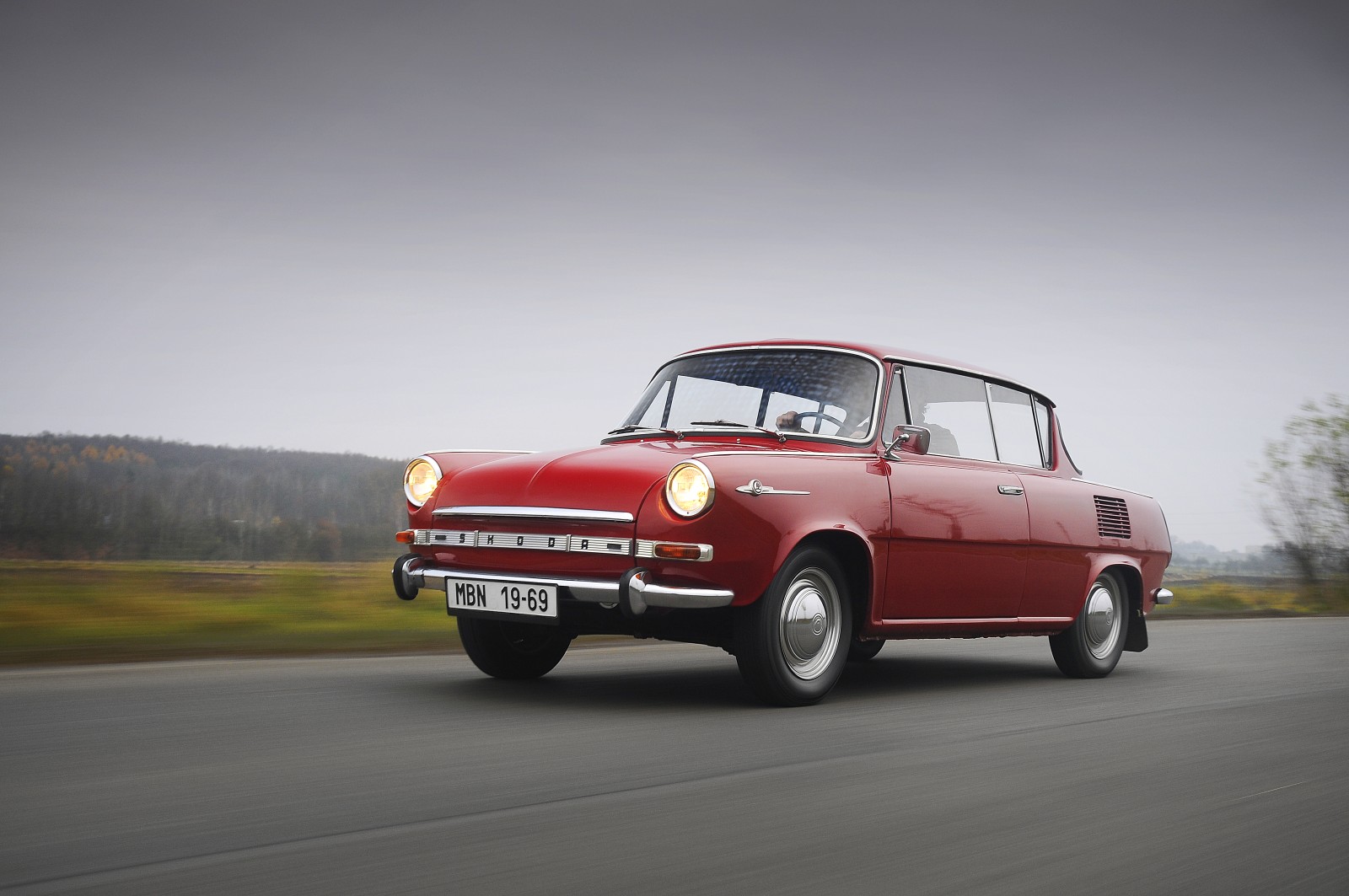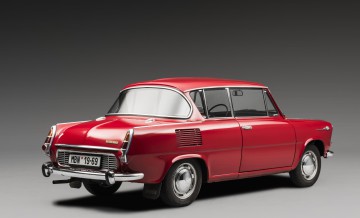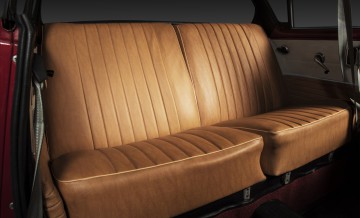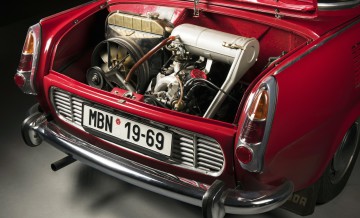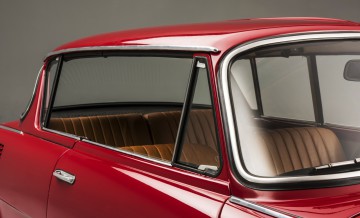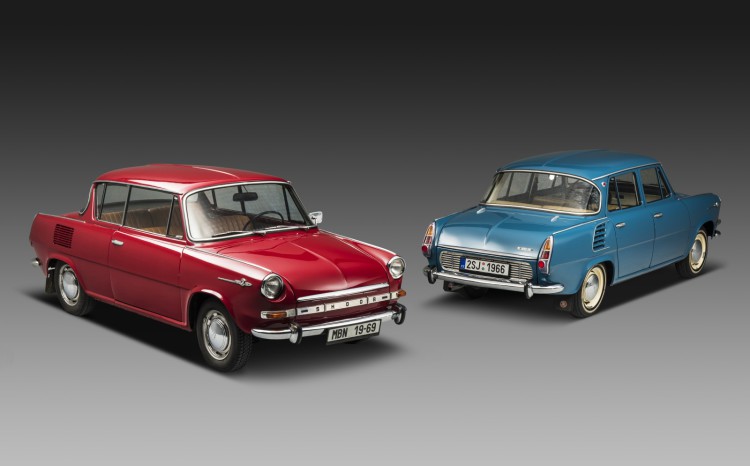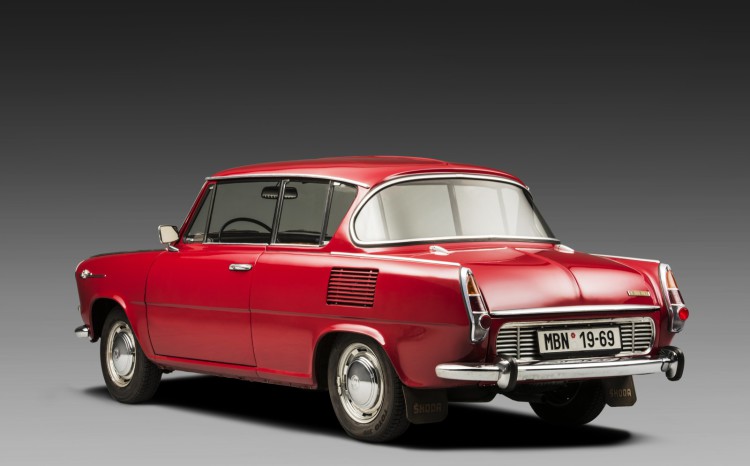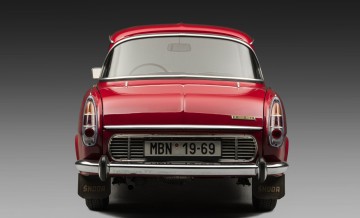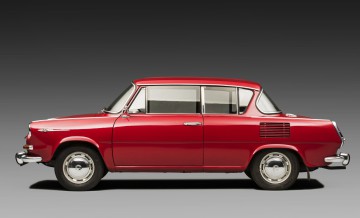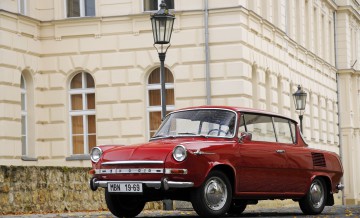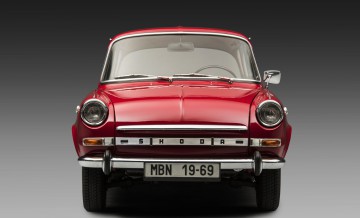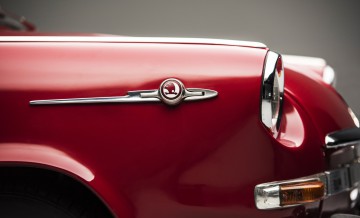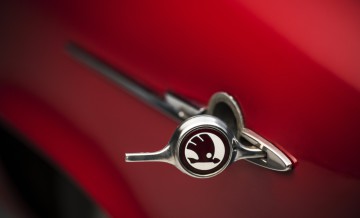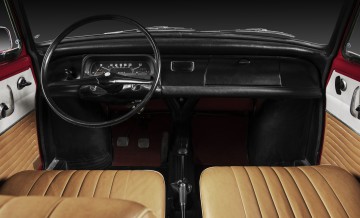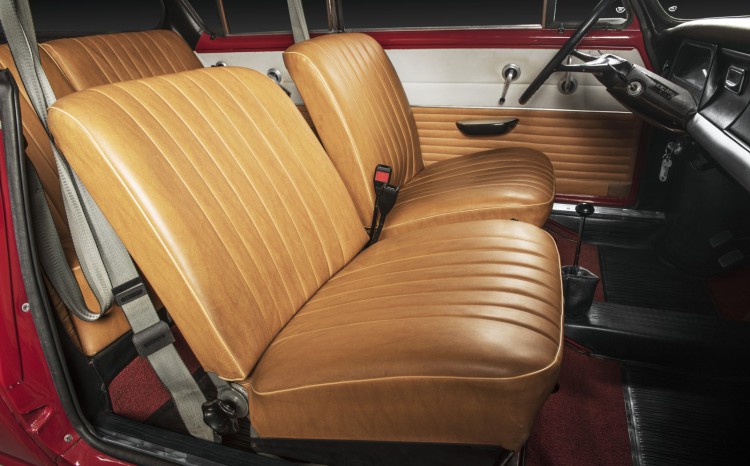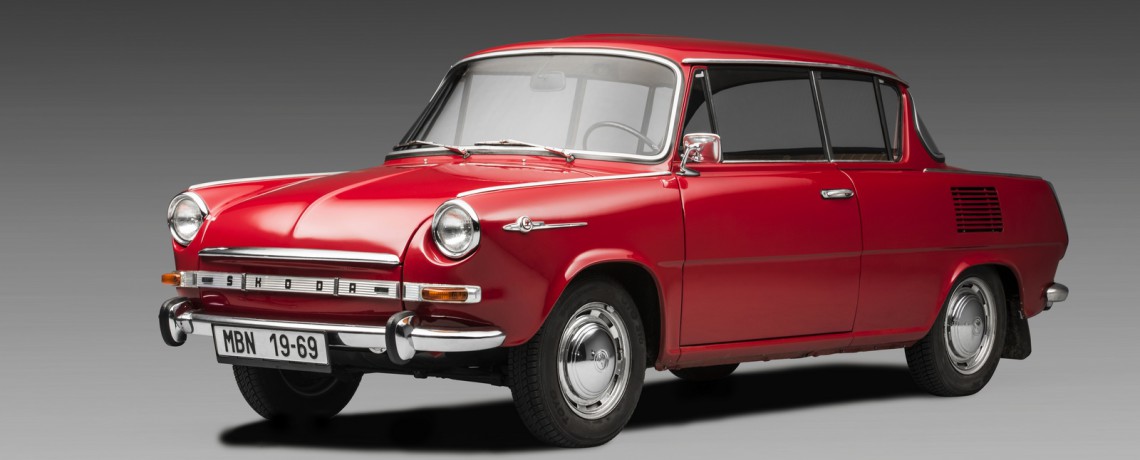
Cult Car Skoda 1000 MBX Celebrates 50 Years
The Skoda 1000 MBX De Luxe turns 50. The elegant two-door celebrated its debut at the International Motor Show in Geneva in March 1966. The spacious five-seater with rear engine and rear wheel drive was launched into series production in the October of the same year. The model represented the pinnacle of the one-litre class in its day.
The MBX was based on the mass-produced four-door Skoda 1000 MB, which boasted a modern monocoque body and the engine was installed behind the driven rear axle. Skoda built an entirely new plant in the immediate vicinity of the existing factory buildings in Mladá Boleslav for the construction of the Skoda 1000 MB at the beginning of the 1960s.
The history of the two-door MBX dates back to 1960 when the two prototypes to the Skoda 990 Tudor were being built. The special bodywork with clearly negative-sloping rear pillars that flow into the panoramic rear window and two doors with frameless windows was created at the Kvasiny plant. The body shell retained the generous space of the original notchback with an enhanced side view. It was not only the driver and front passenger that could wind down the door windows, but also the passengers in the back could open the small windows in the rear. In addition, the triangular-shaped fold-out doors improved the ventilation in the interior.
Skoda 1000 MBX aT Geneva motorshow
The Skoda 1000 MBX De Luxe was first presented to the public at the opening of the Geneva Motor Show on 10 March 1966. The model delighted the visitors with the originality of its shape. The two-door gave the impression of not having a central pillar with its extensively glazed surfaces. In fact, the centre pillar ended in the middle of the vehicle body under the window line, and its narrower upper portion could be rolled down together with the rear side windows. At this moment, the occupants could enjoy brilliant views and an exceptionally airy and spacious interior.
The Skoda 1000 MB and the two-door MBX set standards in innovative engine and drive technology. In terms of engine manufacturing, Skoda was the first European producer ever to incorporate the aluminium die-casting process in cylinder-block production. The four-speed transmission case was also produced using this construction method. Thus, Škoda built on a process originally devised in 1922 by Czech engineer Josef Polák, the main advantage being significantly shorter production times.
The Skoda 1000 MBX was powered by a four-cylinder petrol engine with a displacement of 988 cm3 and an output of 38 kW (52 hp) at 5000/min. With an unladen weight of 815 kg and a load capacity of 375 kg, the automobile reached a top speed of 127 km/h. The fuel consumption was 7.8-8.0 litres of petrol per 100 km. The car was fitted with two Jikov carburettors as standard; an engine with a single carburettor was only installed in a few dozen units. The last twelve MBX models of the total 1403 of the one-litre version rolled off the production line in early 1968.
The time-consuming assembly of the Skoda 1000 MBX, demanding a lot of manual labour, began in October 1966 in the standalone operation section of the Mladá Boleslav plant, so as not to slow down the main production line.
In November 1967, the brand’s range was extended to include the dynamic 1100 MBX De Luxe version. The engine output remained unchanged with a displacement of 1107 cm3, the advantage being the better lugging capability – 81.4 n.m compared to the original 75.5 n.m. Further improvements included a more powerful oil pump and more efficient cooling. 1114 of the stronger version had been produced by 1969, giving a total of 2517 MBX two-door units. Despite the relatively low production volume compared to the mass-produced four-door 1000 MB (443,156 units), this version made a significant contribution to the popularization of the Skoda brand in many discerning foreign markets. Today, the model is among the most sought after and highly valued vintage cars with significant appreciation in value. The legendary Coupé Skoda 110 R (1970-1980), followed by the Skoda models Garde and Rapid, continued the success of the attractive two-door MBX version.
